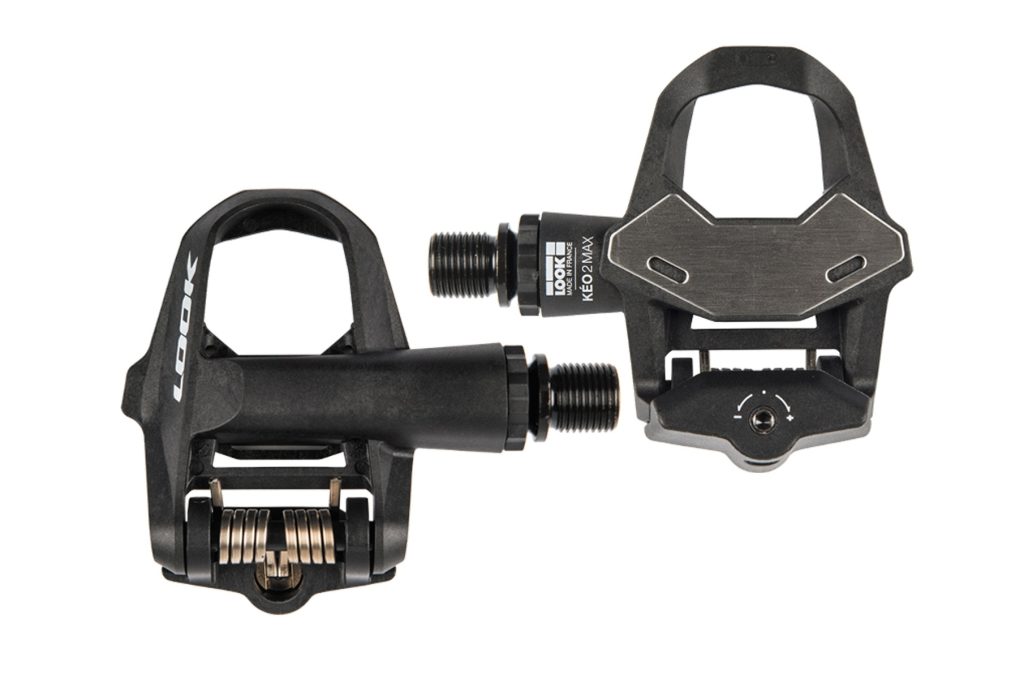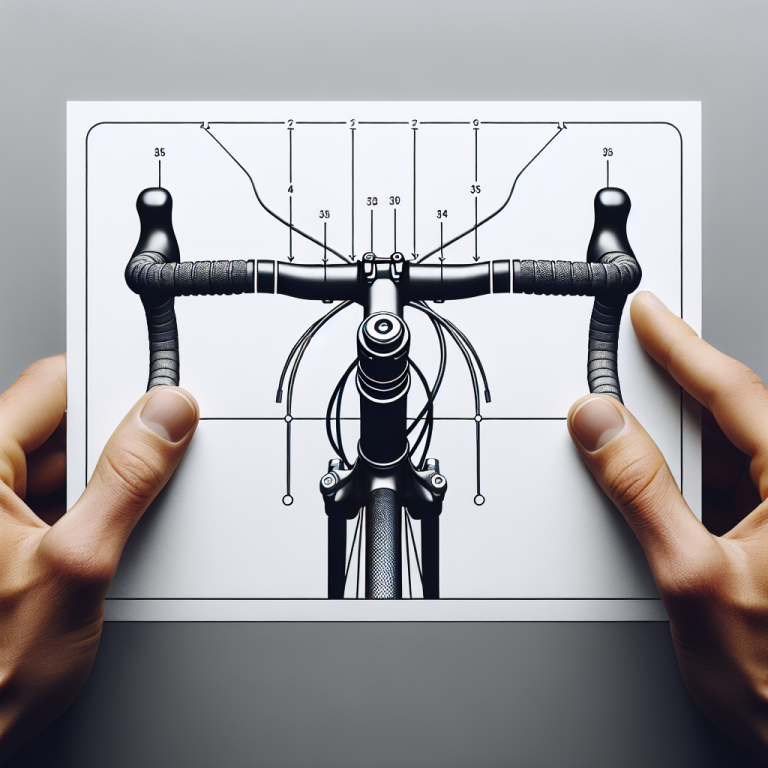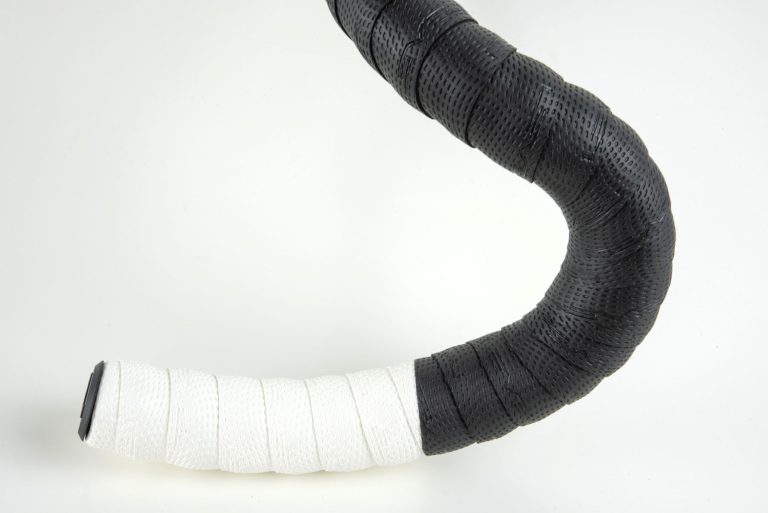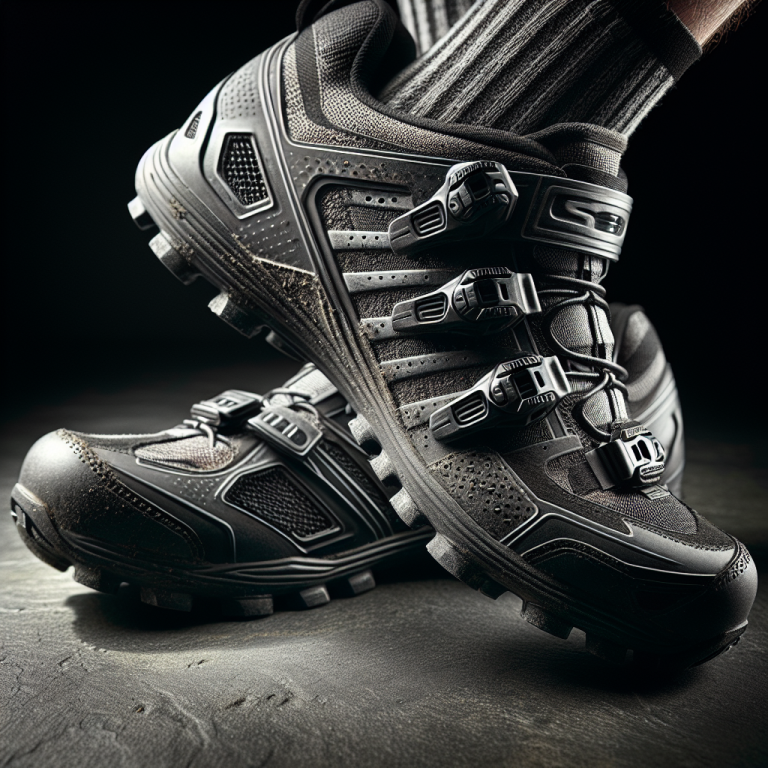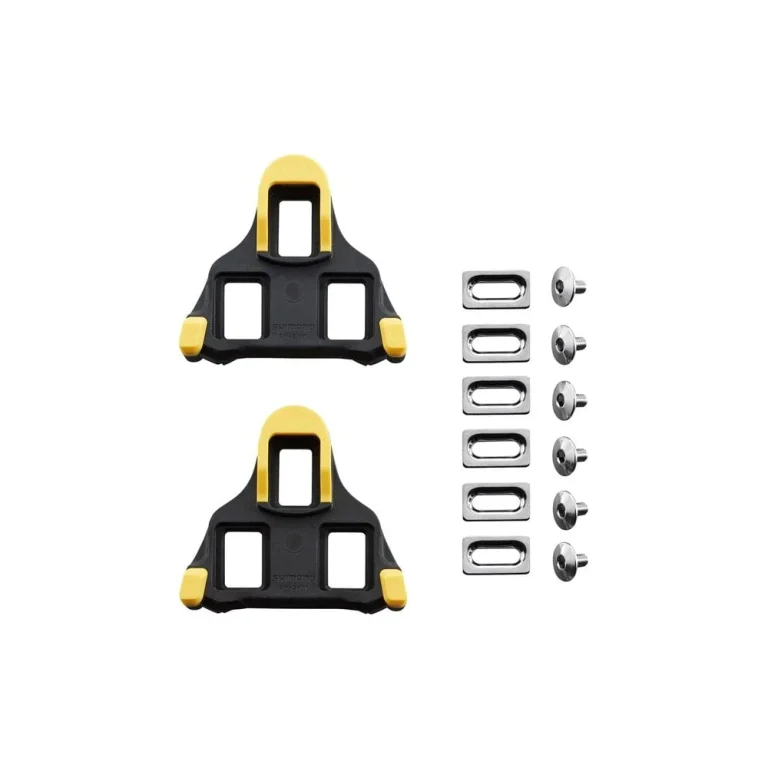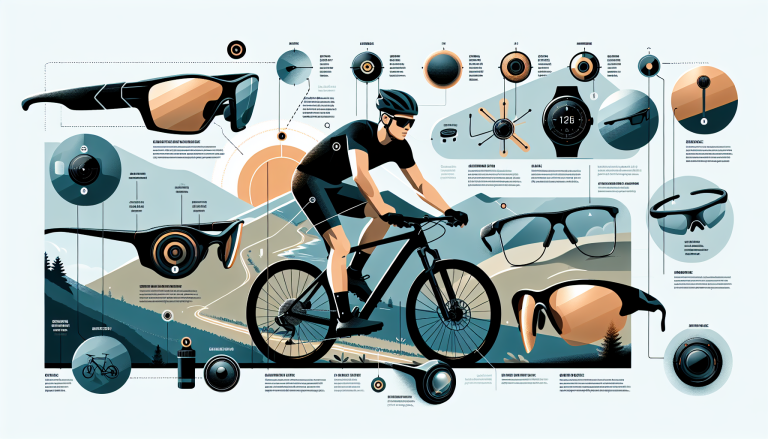Cleat pedals, also known as clipless pedals, can bring a whole new level of efficiency and control to your cycling experience. By allowing you to securely attach your cycling shoes to the pedals, cleats offer improved power transfer, enabling you to pedal with more force and efficiency. Additionally, cleats provide increased stability, especially when navigating tricky terrain or cornering at high speeds. However, like any cycling accessory, there are also drawbacks to consider. Cleat pedals require a learning curve, as clipping in and out may take some time to master, posing a potential challenge for beginners. Furthermore, the need for specialized cycling shoes and cleats can be an added expense. In this article, we will explore the advantages and disadvantages of cleat pedals to help you make an informed decision for your cycling endeavors.
Table of Contents
ToggleAdvantages of Cleat Pedals
Improved Power Transfer
One of the main advantages of using cleat pedals is the improved power transfer that they offer. When you use cleat pedals, your foot is securely attached to the pedal, allowing you to transfer power more efficiently with each pedal stroke. This means that you can generate more power with less effort, resulting in a more efficient and effective cycling experience. Whether you’re riding on the road or hitting the trails, the improved power transfer provided by cleat pedals can give you that extra boost to tackle challenging terrains and reach higher speeds.
Efficient Pedaling Technique
Cleat pedals also promote the development of a more efficient pedaling technique. By keeping your foot in a fixed position, cleat pedals encourage a smoother and more circular pedal stroke. This can help to eliminate any dead spots in your pedal stroke and ensure that power is evenly distributed throughout the rotation. Additionally, cleat pedals can help to prevent your foot from slipping off the pedal, allowing you to maintain a consistent cadence and rhythm. Through consistent use of cleat pedals, you can improve your pedaling efficiency, making your rides more enjoyable and less fatiguing.
Enhanced Pedal Control
Another advantage of cleat pedals is the enhanced pedal control they provide. With cleat pedals, your foot is firmly locked into place, giving you a greater sense of stability and control over the bike. This is particularly beneficial when navigating technical descents or maneuvering through tight corners. The secure connection between your foot and the pedal allows for more precise and responsive movements, making it easier to handle challenging terrain with confidence. Whether you’re tearing up the trails or participating in a criterium race, the enhanced pedal control offered by cleat pedals can give you a competitive edge.
Reduced Foot Fatigue
Cleat pedals can also help to reduce foot fatigue during long rides. By evenly distributing the pedaling load across your entire foot, cleat pedals can alleviate pressure points and hot spots that commonly lead to discomfort and pain. Additionally, the fixed position of your foot on the pedal helps to maintain a more stable foot arch and reduces the risk of your foot collapsing or rolling inwards. As a result, you can pedal for longer periods without experiencing as much foot fatigue. Whether you’re embarking on an epic century ride or participating in a multi-day tour, cleat pedals can provide the comfort and support needed to keep you going strong.
Disadvantages of Cleat Pedals
Difficulty in Walking and Stopping
While cleat pedals offer numerous advantages on the bike, they can present challenges when it comes to walking and stopping. Due to the fixed connection between your foot and the pedal, walking in cleat shoes can be awkward and difficult. The cleats protrude from the sole of the shoe, making it challenging to maintain a natural gait and stride. Additionally, the rigid sole of cleat shoes can be uncomfortable for walking long distances or standing for extended periods. Moreover, stopping abruptly in an emergency situation can be more challenging as you have to consciously disengage from the pedal before placing your foot on the ground, which can lead to accidents if not done in time.
Potential for Falls and Injuries
Another disadvantage of using cleat pedals is the potential for falls and injuries. When using cleat pedals, it’s important to remember that your foot is securely attached to the pedal, and releasing your foot quickly in certain situations may not be possible. This can increase the risk of falling, especially if you’re caught off guard or lose your balance. Additionally, if you can’t unclip from the pedal in time, you may put stress on your knee or ankle, leading to strain or injury. It’s essential to practice the proper technique for engaging and disengaging from cleat pedals to minimize the risk of accidents and injuries.
Limited Foot Positions
Cleat pedals also have the disadvantage of offering limited foot positions. As your foot is fixed in a certain position on the pedal, you are unable to make micro-adjustments to find the most comfortable foot position for your ride. This can lead to discomfort and hot spots, particularly if your foot placement is not aligned with your natural pedal stroke. Additionally, if you have any specific foot or leg alignment issues, such as excessive pronation or supination, the fixed position of the cleat can exacerbate these problems and lead to a less comfortable and efficient ride.
Compatibility Issues with Different Shoes
Lastly, one of the downsides of using cleat pedals is the potential compatibility issues with different shoes. Cleat pedals require specific cleat attachments that need to be mounted on compatible cycling shoes. This means that you’ll need to invest in a pair of cycling shoes that are compatible with your chosen cleat system. Additionally, if you want to use your cleat pedals on multiple bikes with different cleat systems, you may need to purchase additional cleats or adapters, increasing the cost and complexity. It’s important to ensure that your cleat pedals and cycling shoes are compatible to avoid compatibility issues that may affect the functionality and performance of your setup.
In conclusion, cleat pedals offer several advantages such as improved power transfer, efficient pedaling technique, enhanced pedal control, and reduced foot fatigue. However, they also come with their fair share of disadvantages, including difficulty in walking and stopping, the potential for falls and injuries, limited foot positions, and compatibility issues with different shoes. It’s crucial to carefully consider these pros and cons to determine if cleat pedals are the right choice for you and your cycling needs. As with any new equipment, practice, and familiarity with cleat pedals are essential to maximize their benefits and minimize any drawbacks.

